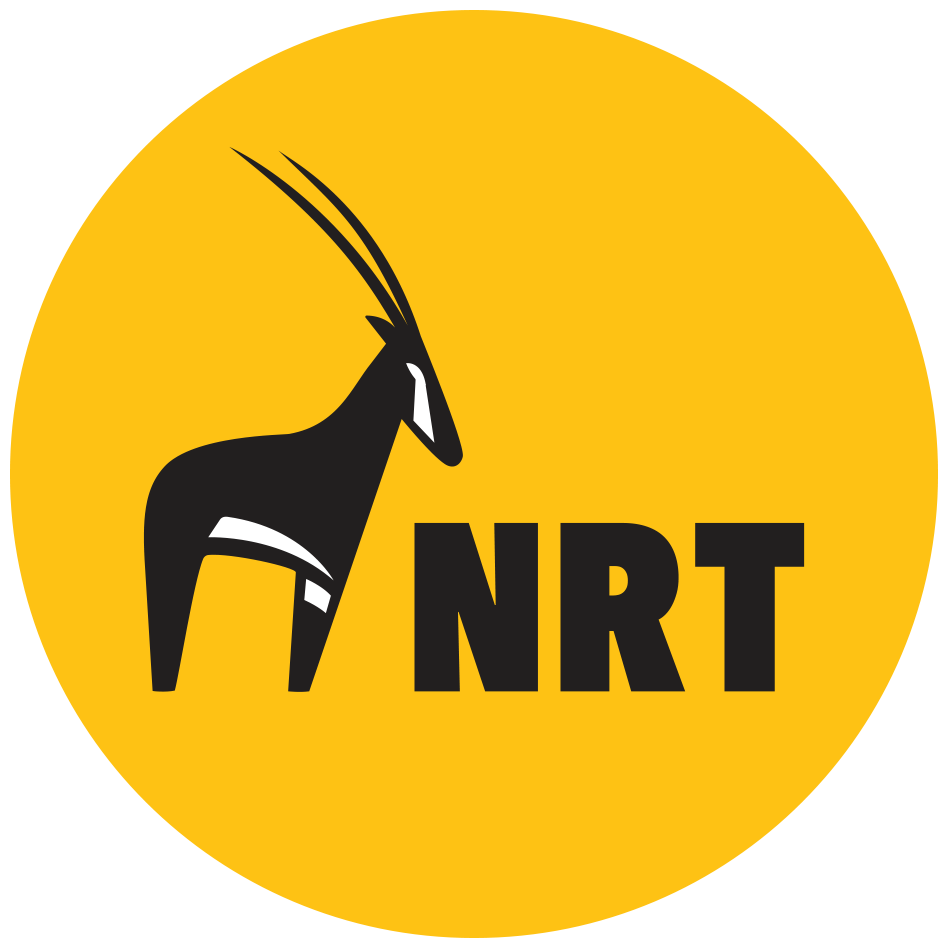Tech for Good: NRT, Lewa Wildlife Conservancy, Harnessing the Power of Internet of Things and Radio Technology to Save Lives
Hadija Diba airlifted to Isiolo Referral Hospital from Kulamawe area, Garbatulla Sub County, Isiolo County.
For many mothers-to-be around the world, the final days before their baby’s birth are filled with a plethora of preparations, including last-minute shopping, clinic visits, baby showers, and home childproofing.
27-year-old Hadija Diba has a different tale to tell.
On the night of 1st November, she sat in her northern Kenya home, counting down the hours to when she would deliver and hold her precious baby girl in her arms. Her feet ached, but she was excited and ready as could be.
As she rested from the day’s activities and her mind drifted to cuddles with her newborn, sharp labour pains pierced the tranquility of her thoughts. Hadija’s husband and mother rushed her to Malkadaqa Dispensary in Garbatulla Ward, Isiolo South.
An aerial shot of a flooded area in Ngaremara ward, along the Isiolo- Archers Post road.
A quick checkup revealed that her blood pressure had spiked, necessitating an emergency caesarian delivery. Unfortunately, the Dispensary lacked the capacity for the procedure, and Hadija was referred to Garbatulla Sub-county Hospital. She urgently needed treatment, but travel was a nightmare. Heavy rains had resulted in flooding, rendering roads impassable.
Accessing an ambulance under these circumstances was impossible. Fortune smiled at them as an NRT-owned vehicle in the vicinity successfully navigated the treacherous roads and swiftly transported Hadija to Garbatulla Sub-county Hospital.
The crisis had been averted, it appeared, and all would be well. Despite the pain she felt, Hadija breathed a sigh of relief. She was finally going to get the medical assistance she and her unborn baby needed. But Murphy’s law prevailed.
Upon arriving, the hospital informed them that the attending doctor in charge of emergency cases was unavailable, prompting a second referral, this time to Isiolo County Referral Hospital. En route, they encountered a flooded lugga (seasonal watercourse) in the Kulamawe area, hindering their journey.
Hadija’s family requested the use of the NRT vehicle again, which promptly arrived to serve them, but high levels of water made it dangerous to drive through the lugga.
Time was of the essence, and Hadija’s mother and husband made a desperate plea for help to Isiolo County officials. The Isiolo County Deputy Governor, Dr. James Lowasa, and County Secretary, Dadhe Boru, phoned the Joint Operations and Communication Center (JOCC) based at Lewa Wildlife Conservancy, requesting airlift assistance. The JOCC and Lewa Wildlife Conservancy teams swung into action and mapped out a plan for safely airlifting Hadija despite poor visibility due to terrible weather at the time.
A vehicle got stuck along the Shurr-Jaldesa route in Marsabit County.
They promptly transported Hadija to Isiolo County Referral Hospital, where a team of waiting doctors immediately attended to her. At 3 pm, Hadija delivered a bouncing baby girl weighing 3.2 kilograms.
“I really want to thank the Lewa Wildlife Conservancy and NRT teams for airlifting me to the hospital safely, as well as all the doctors who attended to me and ensured I had a safe delivery,” she said.
On the 8th of November, at Buffalo Springs National Reserve, Richard Kariuki, a Sarova Shaba Game Lodge driver and tour guide, found himself stranded at the White River for two hours after dropping off guests at the Serena airstrip. The Kenya Wildlife Service Company Commander Isiolo-Samburu Complex, George Bakari, alerted the JOCC team who collaborated with Lewa to deploy the Conservancy’s helicopter and rescued Richard.
On the 24th of November, a Border Patrol Unit Police vehicle was stuck in Kalama Community Conservancy’s Laresoro area. The vehicle’s three occupants were rescued when community members informed the JOCC and Lewa’s helicopter airlifted them to safety.
The coordination of these life-saving rescues is made possible by cutting-edge radio technology and NRT’s newly established Internet of Things (IoT) network, which creates a vast communication web that connects 22 NRT member community conservancies, with plans underway to bring more on board.
Deployed in collaboration with Connected Conservation Foundation, Cisco, 51 Degrees, EarthRanger, and the European Union’s Community Policing Initiative Biolive Project, NRT’s network is Africa’s largest landscape-wide, IoT conservation network.



